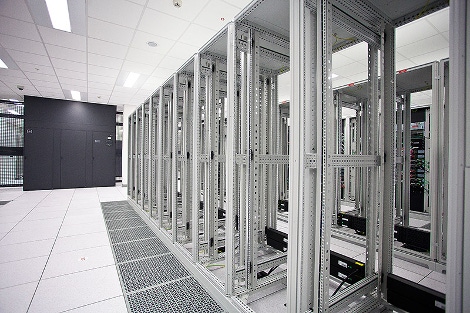Case Study: How to Deliver Millions of Dollars in Annual Power and Cooling Savings
You're a growing organization. You need a new data center. Now, find out how to deliver millions in annual power and cooling savings.
September 16, 2014

More than ever organizations are looking to data center and colocation providers to house some of the most critical and complex systems their businesses have.
One of the strongest growing industry segments to adopt a colocation strategy has been the financial sector. There are a few specific reasons for this:
Financial services are a fast growing segment – they need fast evolving technologies
The SLAs offered by colocations help ensure physical/data security for IT assets
Strategic colocation partners help provide a manageable and cost effective way for organizations to rapidly scale and adjust IT operations
Colocation energy efficiency helps ensure that large financial and enterprise organizations are meeting and adhering to regulatory compliance requirements around energy use, carbon emissions, and overall efficiency
One of the biggest reasons that we’re seeing so many large financial organizations move to a colocation environment is because these platforms extend IT operations to an external/independent facility. This ultimately enables the organization to have continuous visibility as well as insight into the operations at remote facilities to ensure availability, uptime, and cost controls.
In this case study from RF Code you'll learn how intelligent power and cooling systems helped data center and colocation provider CenturyLink save millions of dollars around efficiency.
Download this case study today to learn how, based on its current data center footprint and power costs, CenturyLink identified annual savings of $2.9 million. This figure is expected to rise as power costs increase and as outsourcing drives greater asset density in the data center. The more data the global economy sends to the data center, the more organizations like CenturyLink will see the benefits of optimization. The company’s investment in optimization and power sustainability will continue to yield savings as growth continues.
Now imagine being able to scale this to dozens of sites all across the world. For financial organizations, this is a critical must to stay resilient and scalable globally. For all other sectors, having the ability to scale and control efficiency means overall optimization around power, cooling and data center management.
About the Author(s)
You May Also Like



.jpg?width=700&auto=webp&quality=80&disable=upscale)



